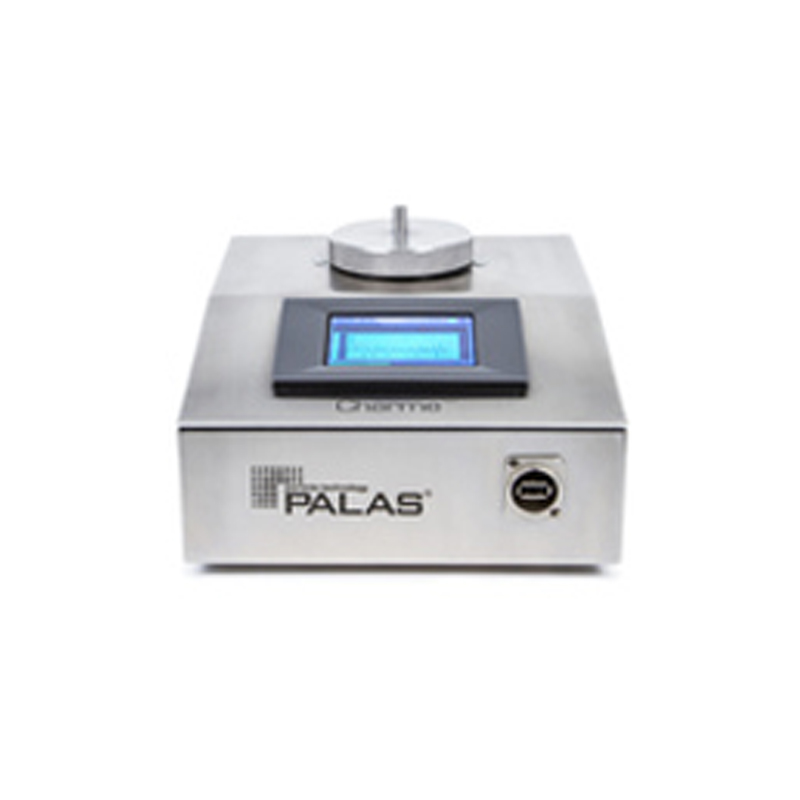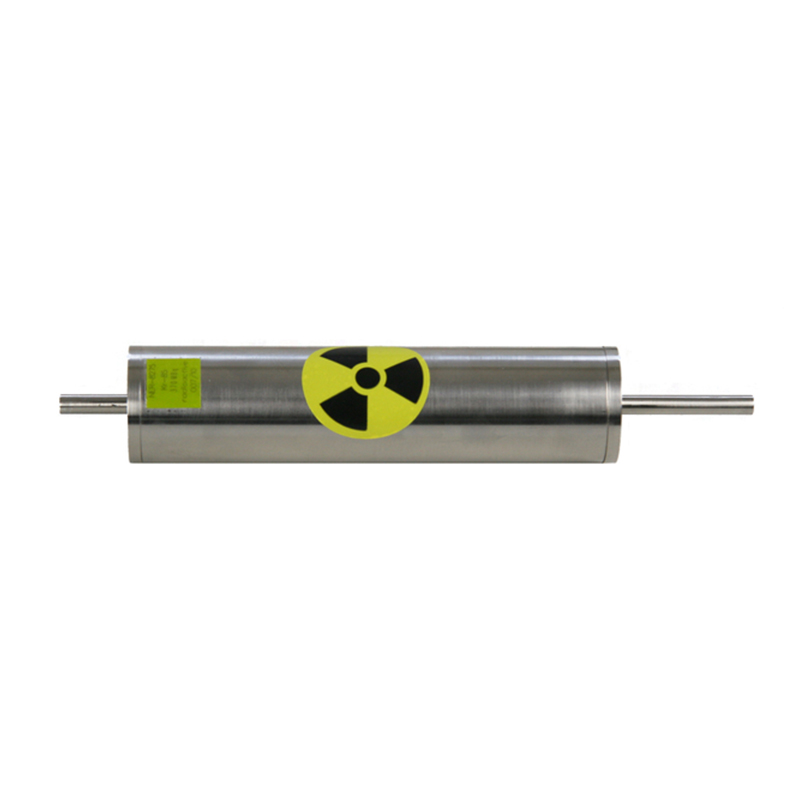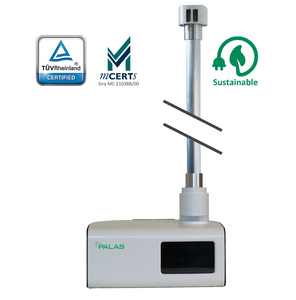Description

Fig. 1: Charme® reference aerosol electrometer
The Charme® charge aerosol measurement system developed by Palas® is a high-capacity Faraday cup aerosol electrometer that measures the electrical charges on aerosol particles.
For years, aerosol electrometers have been used in research applications to measure the mean charge of an aerosol. If the charge state of the particles for monodisperse aerosols is known, then these devices are able to quickly and easily determine the number concentration of particles with an approx. size ≥ 2 nm.
In the case of polydisperse aerosols, a charger or neutralizer is often used to generate a defined charge distribution. If a particle size is then set using an upstream classifier (e.g. Palas® DEMC), then the number concentration of the particles is able to be determined indirectly based on a current measurement (load/time). An aerosol electrometer is often also used for the calibration of condensation particle counters (e.g. Palas® UF-CPC). There is no absolute particle count standard. However, a current measurement is directly traceable to SI units. Condensation particle counters are able to be calibrated based on a counting comparison between the condensation particle counter and an aerosol electrometer.
The Charme® reference aerosol electrometer for concentration measurements within the size range of 2 nm to 100 μm* features reliable performance, components of optimal quality, and easy operation using the touch screen. The extremely fast (10 Hz) particle concentration and electrometer current measurements are displayed graphically in real time.
An on-site correlation between the measured current (particle charges) and the mass concentration is able be determined by means of a gravimetric filter, which can be switched out by the user. As a result, the Palas® Charme® aerosol electrometer is particularly well suited for the verification of high particle loads in the environment and in the workplace, as well as for the calibration of condensation particle counters (CPCs).
The Charme® achieved excellent measurement results in a comparison with established electrometers at the Federal Office for Metrology (METAS) in Switzerland.
* The upper particle size limit depends on the aerosol transport of large particles, i.e. primarily on aerosol samplingand the upper measurement range limit for current measurement.
Function
Figure 2 presents the principle of operation of the Charme® aerosol electrometer. A removable gravimetric and electro-conductive filter is installed in a Faraday cage and the electrically charged particles are collected on the filter. The charges carried by the particles are discharged through very high resistance. The drop in voltage through this resistance is a measure of the discharging current.
This measured current is then converted into a concentration based on the determined number of charges per particle. The measured current and the calculated concentration are shown on the display.

Cn = Number concentration
I = Discharging current
n = Mean charge number of the individual particles
e = 1.602176487 • 10-19 C elementary charge
V = Volume flow
Measurement accuracy of the Charme® aerosol electrometer:1 fA = 0.000000000000001 A = 10-15 A = 6240 elementary charges/s

Fig. 2: Principle of operation of the Charme® aerosol electrometer
Due to intrinsic electronic noise, a certain minimum concentration of charges (particles) must always exist for a meaningful measurement with an aerosol electrometer.
As a result, an aerosol electrometer is not suitable for measurements at low concentrations, for example, in operating rooms.
User interface
The Charme® aerosol electrometer is operated using an intuitive graphical user interface with touch screen. The measured values, i.e. electrometer current and particle concentration, are graphically displayed during measurement (see example in Figure 3). Several interfaces ensure and enable the easy export and further use of the obtained data.

Fig. 3: 1-minute run (600 data points at 10 Hz) of the particle number concentration




